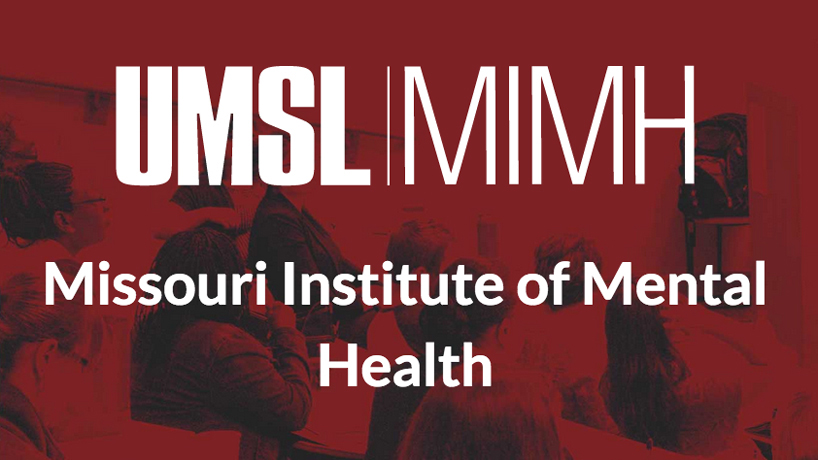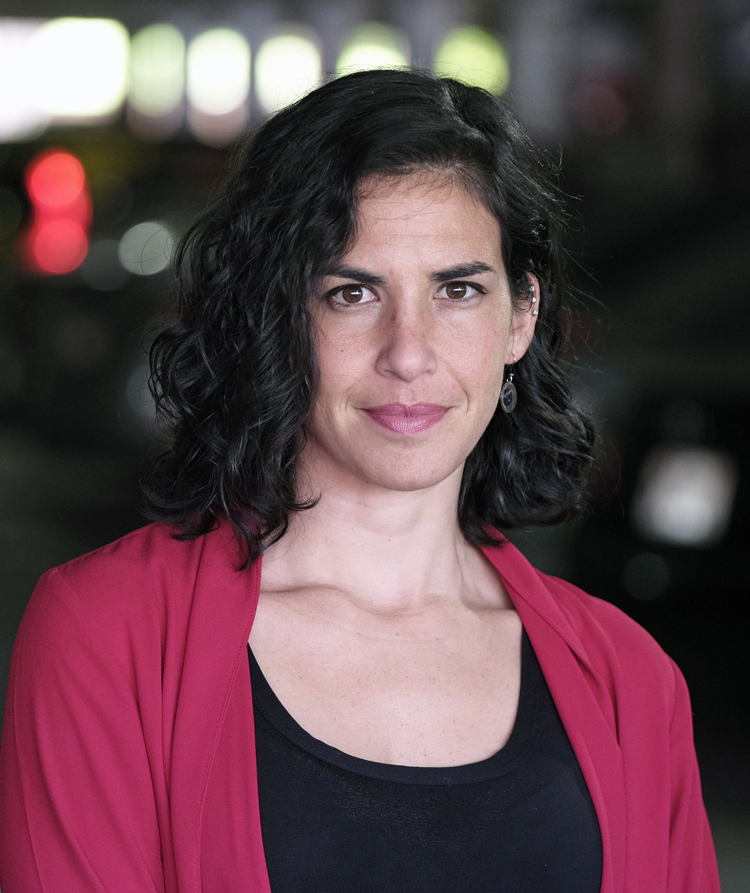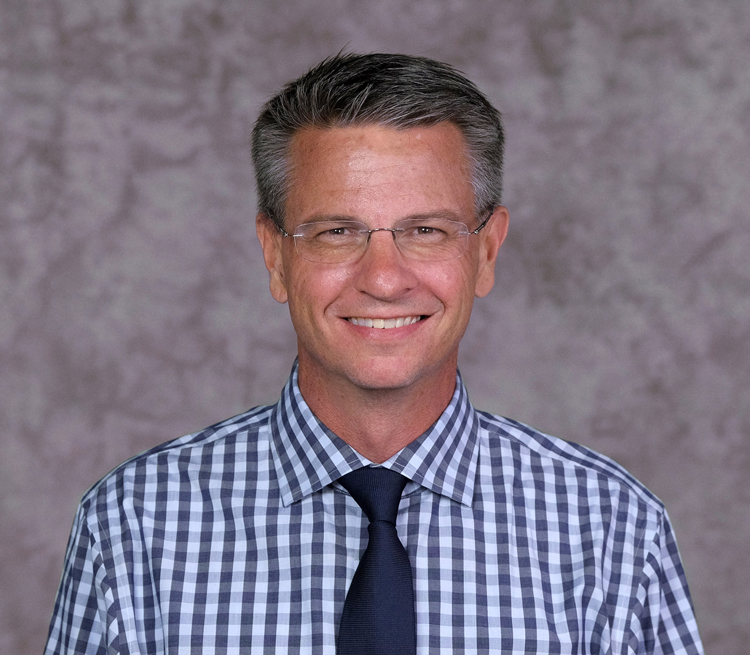
Built upon the foundation of a rich history spanning more than 55 years, MIMH offers research, training, evaluation and outreach services to local, national and global partners. In addition to the recent SAMHSA grant, MIMH has received over $100 million in funding since 2000. The funds all play a key role in the institute’s larger mission of transforming mental health outcomes for all people.
“In 2014 we lost 30,000 people in this country to overdose, which was more than vehicular accidents and homicide. This is not something we can simply look away from.”
Rachel Winograd, assistant research professor for the Missouri Institute of Mental Health at the University of Missouri–St. Louis, is talking specifically about the much-publicized opioid crisis in the United States. It’s an epidemic that has seen the usage of heroin and prescription painkillers – and subsequent related death rates – rise steadily over the past decade and a half.
Thanks to the recent awarding of a Substance Abuse and Mental Health Services Administration grant, Winograd and her fellow researchers will not be looking away from the crisis, but attempting to face it head on – and they won’t be alone.

Rachel Winograd is an assistant research professor at MIMH and the primary investigator for the SAMHSA grant. (Photo by August Jennewein)
The $5 million, federally funded grant will allow for an integral partnership between MIMH, the Department of Mental Health and NCADA, which has a long and respected history of substance use education and prevention in the St. Louis region. The three organizations will work together to investigate and combat the crisis.
As it turns out, Missouri, and portions of the St. Louis metro area in particular, can really use the help.
“The 2014 data indicates that Missouri tends to hang around 17th or 18th in the nation in terms of opioid prescription rates and opioid deaths,” Winograd says.
She further explains that as the availability and methods for taking opioids have increased – the same substance in an injection of heroin is in the morphine at the doctor’s office or a prescription pain pill, for instance – so too has the population of people who are struggling.
“It’s not all people who inject drugs with so-called traditional addiction presentations, though a lot of these folks have been overlooked before, and now that people are dying in such high numbers from taking prescription pills the dangers of all opioids are getting a lot more attention.”
The team-oriented focus that this grant will facilitate – between such giants in the field of mental health and substance use – is particularly vital because, at least in terms of this particular issue, it hasn’t quite been done before.
UMSL’s Rob Paul, director of MIMH, stresses that while many individual organizations have been fighting the opioid crisis for years, the level of coordinated effort this grant will allow is something new.
“That’s what’s really remarkable about it. It’s a state-level, coordinated, centralized approach to a problem that’s very real that has an endpoint of death,” Paul says. “And the thing is, we can change it.”
Naturally, the question then becomes: How?
A partial answer according to Winograd, who is MIMH’s primary investigator for the initiative, lies in the overdose education and preventative measures, which will be a huge part of the grant. She and Paul note that this is an area where NCADA’s experience and expertise will be especially helpful.
They say the evaluative component of the grant, which MIMH senior investigator Elizabeth Sale worked tirelessly on, will prove critical as well.
Of course, directly preventing death if someone does happen to overdose is another fundamental element.
Enter Naloxone – a medication that, when administered properly, can reverse the effects of an opioid overdose in as little as two to three minutes.
While Naloxone has been available in some capacity for decades, the initial phase of the SAMHSA grant will aim to make it more readily available to police officers and other first responders, who will also receive extensive training on its administration and effects. It won’t stop there, however.
Winograd and other team members envision this aspect of the project expanding even further to reach health care providers, drugs users and their families directly.
“It’s getting a message out, ‘Hey this is what an overdose looks like, this is what makes you at risk, this is how you prevent it from happening.’ We’re having a realistic conversation about what you can do,” Winograd clarifies. “That being said, if you choose to use or something bad does happen, this is Naloxone, this is a device that someone could use on you or you could use on someone else to bring you back to life if you overdose on opioids.”
While Winograd acknowledges that the initial phase of the grant is tied to this greater dissemination of Naloxone, she also points out that the overall goal is much greater.
“We’re setting ourselves up to go where the need is – to not only keep people alive but ideally improve their ability to achieve a meaningful life. That is, of course, about more than just reviving someone and walking away. I hope to broaden the conversation with this project: We’ve reversed the overdose. Now what?”
Winograd goes on to clarify that the opioid crisis is one with many layers, and that while the work of the grant is crucial, it is indeed only a part of addressing such complexity.
Paul agrees that the full scope of the initiative – answering that “now what” – is something that will take time.
“At the end of five years, our goal in the grant is not to have completely solved the problem, but to have put the road map in place to solve the problem.”
This will take what Paul calls “a remarkable amount of coordination,” something the teamwork-oriented approach will help facilitate.
“This is an opportunity to get the stakeholders together around a table and come to a common voice, theme, understanding and plan for how the state can respond,” Paul says. “To set a fingerprint that other states can follow so we can take Missouri from being somewhat behind in a sense of where we’re at relative to the nation to a point of leadership and action.”
















